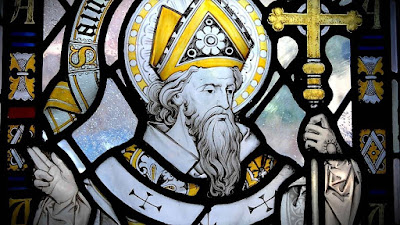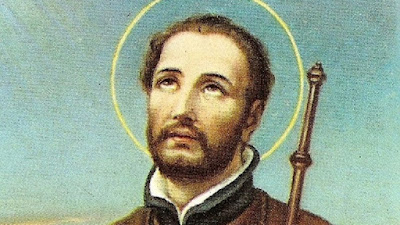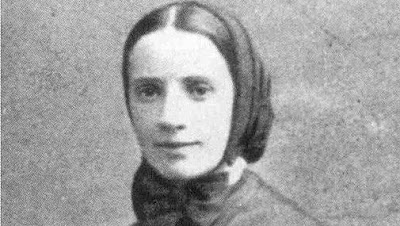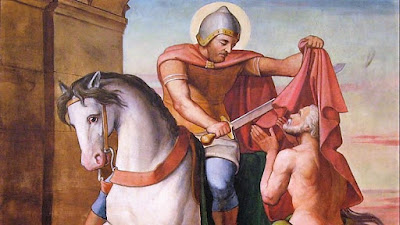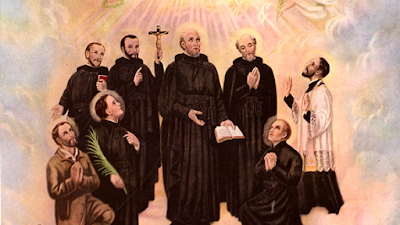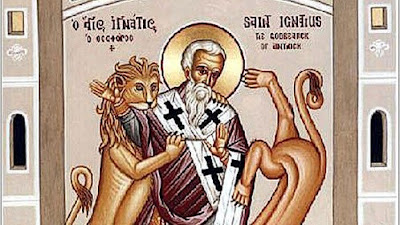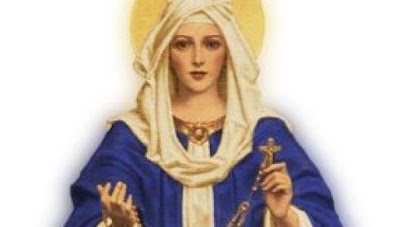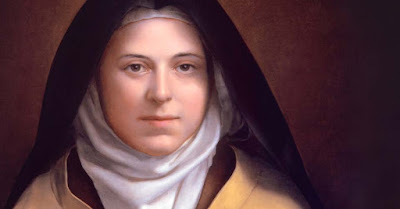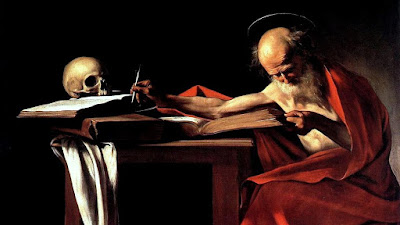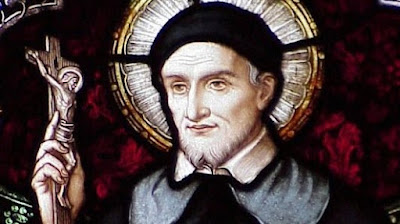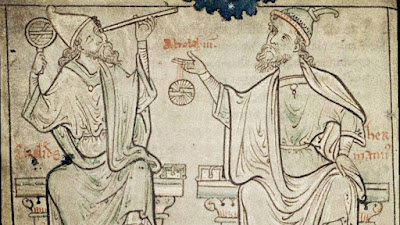Saint Lucy, Virgin and Martyr
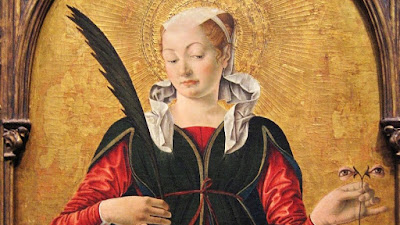
Memorial - December 13th Saint Lucy of Syracuse, also known as St. Lucia, was a third century/early fourth century Christian martyr who died during the persecution ordered by Diocletian. Lucy chose to be a Christian at a time when Christianity was illegal. She sold all her worldly riches and gave her life to the poor After resisting the advances of a Roman soldier, she was denounced as a Christian to Paschasius, the governor of Sicily, and brutally executed. Lucy is one of eight women, who together with the Blessed Virgin Mary, are commemorated by name in the Canon of the Mass. __________________________________________ The Courageous Virtue and Holy Martyrdom of St. Lucy Today's feast can easily be harmonized with Advent themes. The very name Lucy pulsates with light, a living symbol amid the season's darkness (the days are now the shortest of the year). As a wise virgin Lucy advances with a burning lamp to meet the Bridegroom. She typifies the Church and t
